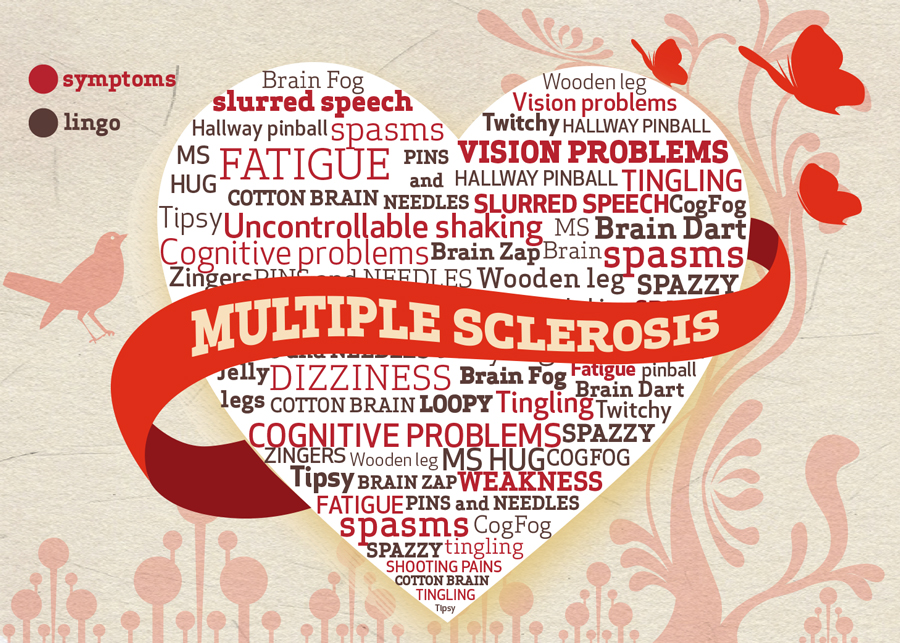I know, I know, faithful Wheelchair Kamikaze readers are thinking, “Geez, Marc just did a Bits and Pieces post last time around, and now he’s doing another one? What gives?”
Well, what gives is that Karen and I are embarking on a journey up to Maine this week, to attend my friend Harvey’s 50th birthday party. Harvey and I were thick as thieves (just about literally) way back in the wild and woolly 80s, when many a night would find us in various stages of intoxication prowling the dark streets of Boston looking for a good time. In retrospect, I think the best of the good times we found were in the prowling itself, proof of one of the most important lessons the years between then and now have taught me: it’s all about the journey, not the destination.
And now Harvey will be turning 50 on Friday, with my turn at reaching the half-century mark following a week and a half later, an event which I’m sure will provide plenty of fodder for a blog post or two. I’ve been reluctant to travel the last few years because of my goddamned creeping paralysis, but the significance of my buddy’s 50th birthday has provided the impetus for plans to be hatched and reservations to be made.
Our impending trip up to Maine will be the first time Karen and I have spent an extended period away from home in at least three years, and I must admit the prospect of leaving my comfort zone is a bit anxiety producing. My disability has progressed significantly since the last time we hit the road, and even back then traveling presented some troublesome issues, mostly in the way of unforeseen obstacles, physical wear and tear, and “wheelchair accessible” hotel rooms that appeared to be designed by dyslexic chimpanzees. We’re renting a wheelchair accessible van this time around, which hopefully will decrease the physical wear and tear part of the equation (we previously traveled with my manual wheelchair, which I despise – my arms are too weak to self propel, so I sit in the thing feeling as useless as a two-day-old latke). I do love New England and Harvey, so, WTF, might as well go for it…
I’ve been and will be busy getting ready for the trip, and didn’t want to leave the blog completely devoid of new material, so I figured an abbreviated version of Bits and Pieces would at least give all the lovely folks who read my gibberish a few new links to click on and with any luck some useful/interesting info to digest. I hope the following few items will suffice, as quality versus quantity is a nice correlate to journey versus destination…
♦ First up, a continuation of the Tecfidera poll I started in my last post. So far the responses have been quite interesting, and I’d like to get a bigger sample size to increase the accuracy of the information gathered. As I stated last time around, any Internet poll is bound to be somewhat skewed (since I’m not capturing data from Tecfidera patients who aren’t perusing the web for info), but the numbers accrued should provide a reasonable snapshot of the Internet Tecfidera population, at the very least. If you’ve already answered the poll questions, please don’t answer them again, as your previous answers carry over to this week. For those interested in how things are stacking up, just click the “show results” link after each question to see the aggregated numbers…
How would you characterize the side effects you’ve experienced as a result of taking Tecfidera?
Have Tecfidera’s side effects forced you to stop taking the drug?
(This question should only be answered by those who have not stopped taking Tecfidera) How would you characterize any benefits you’ve felt since starting Tecfidera therapy?
♦ I had the pleasure last week of speaking to Kate Millikan, the founder of a brand-new MS Internet community that takes a somewhat different approach to things than other such sites on the web. My Counterpane (click here) gives MSers and those who care for them the opportunity to track and record their experiences with multiple sclerosis, based on the moods and emotions dealing with the disease elicits in them, in a multimedia diary format. My Counterpane offers a rich, textured experience, providing members with an easy way to record web videos directly to the site, along with allowing for the more typical written and/or picture entries. Members can contribute their own experiences as well as follow those of other patients and caregivers in the My Counterpane community.
Please keep in mind that My Counterpane is a work in progress, and I know that Kate is investing lots of time and energy in making the site as distinctive and compelling as possible. Expect some new features to come online soon, perhaps even some interactive forums that could be as unique as the site itself. So sign up and give My Counterpane a whirl, it’s completely free and may provide a whole new way of looking at the personal experiences shared by MSers.
Oh, for those as clueless as I am, a counterpane is a type of quilt. Since My Counterpane is a site stitched together from the recorded experiences of many MS patients, the name fits perfectly. Unfortunately, I had absolutely no idea what a counterpane is, but now I've learned a new word. Yay! Must pepper my road trip conversation with lots of references to counterpanes (Karen is going to hurl me from the fast moving van somewhere between Connecticut and Maine).
♦ Halo Hand Controls were invented by a man named Daniel Reyes, who lost a leg when he was hit by a runaway car while standing at an intersection in Los Angeles. Mr. Reyes is a bit of a car nut and long time entrepreneur, and he came up with the Halo device (click here), a low-cost and elegant take on automobile hand controls, which allow folks with lower body disabilities to safely drive a car. Most hand control setups cost in excess of $1000, but Mr. Reyes has decided to give away the Halo to those in need, provided he can raise the needed manufacturing costs through a crowdsourcing funding effort on the Indiegogo website (click here).
If you are interested in helping with the Halo Hand Control project, donations from $5-$5000 are being accepted on the site. A $50 donation will make sure that a person in need gets a Halo Hand Control. If you need a Halo, a $250 donation will get you your own Halo Hand Control, as well as provide one to another person in your name. IMO, this is a very good deal for folks in need of hand controls for their vehicle, as installation costs are minimal and, as I noted above, most other hand control devices cost in excess of $1000.
Those in need of a Halo who can’t afford to make a donation can sign up for a waiting list at the Halo Hand Controls User Group on Facebook (click here). Unfortunately, since supplies will be limited, there’s no way to guarantee that signing up on Facebook will get you a device.
Longtime Wheelchair Kamikaze readers know that I rarely endorse fundraising efforts, but Mr. Reyes seems quite genuine in his desire to help others, and the device he invented certainly fills a much-needed niche.
To see how easy installation of the Halo actually is, check out the video below:
♦ My last bit of business is a some shameless self-promotion. Here in NYC, the streets are flooded with taxicabs, but the vast majority of them are not wheelchair accessible. A few years ago, the city tried to roll out an accessible dispatch service, which was a dismal failure. Karen and I gave it a try twice, and both times were left standing (me sitting) on the corner of our block for two hours. If a wheelchair accessible cab showed up, it must have been an invisible one. Now, the city is trying again, and this time the effort seems headed for great success (click here). A wheelchair user can request an accessible taxicab via smartphone app, website, or telephone call, and the city will pay the taxi driver for the trip to the wheelchair user’s location. In all honesty, I’ve yet to give the new service a try, but others have told me that it works like a charm.
As part of the Accessible Dispatch program’s promotional efforts, the folks in charge are maintaining a blog, on which they highlight items of interest to the New York City disabled community. One of the items of interest they picked for their blog, most likely in a moment of feverish delirium, was me (click here)! After an over the phone interview, the good folks at Accessible Dispatch wrote up a way too nice essay on me and my photography, and, for those of you brave (or masochistic) enough to want to listen to the sound of my voice, the post even includes a link to an audio snippet of our interview (please note: as of this writing, it appears the audio snippet is temporarily down. I’ll have to alert the powers that be of the glitch).
Here’s a video of the Accessible Dispatch team at a recent NYC Disability Expo, explaining a bit about how the program works:
Well, that’s it for now, I’d appreciate all wishes of Bon Voyage for our trip to Maine, and might as well throw in a few Happy Birthdays to Harvey as well…




































